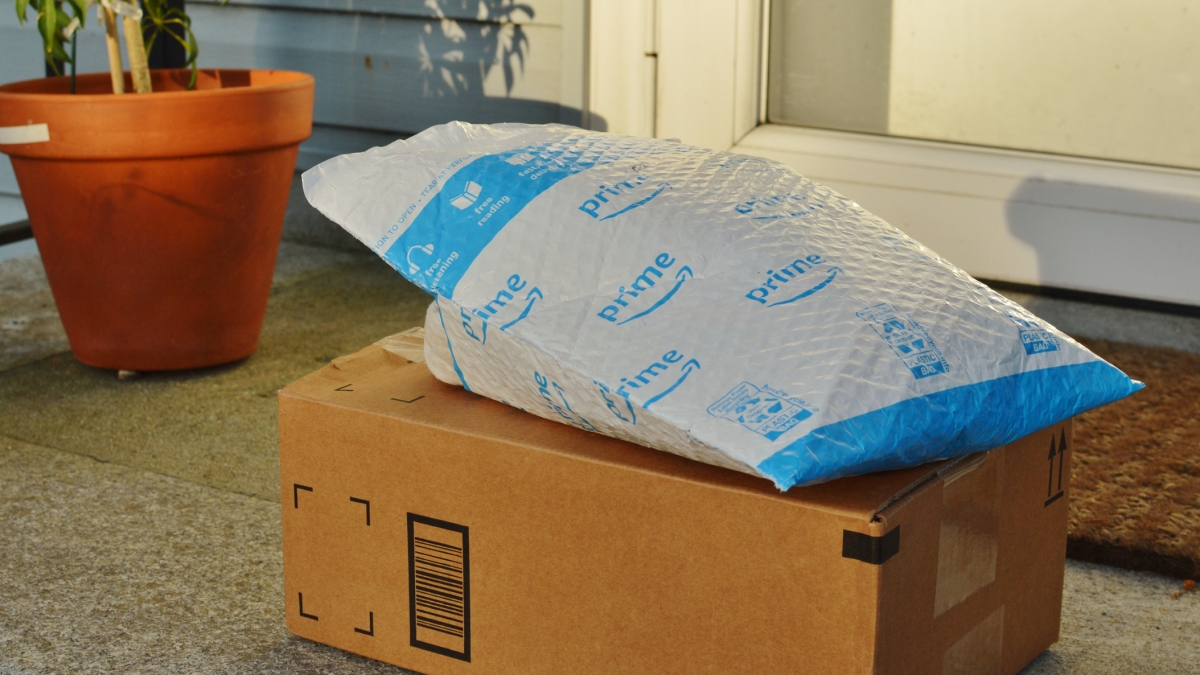People who like a good deal look forward to Amazon Prime Day all year long.
The annual deal event exclusively for Amazon Prime members offers two days of bargains on products from small businesses and top name brands.
But this year is going to be a little different.
Instead of offering the usual wide variety of goods, consumers might have to make do with less because of a lag in the world’s supply chain — another byproduct of the pandemic.
Simultaneously, other retailers have scheduled discount sales events, which will create more pressure for Amazon to compete and dominate the summer tradition they started in 2015.
ASU News spoke to Elliot Rabinovich, the AVNET Professor of Supply Chain Management and the co-director of the Internet Edge Supply Chain Lab at the W. P. Carey School of Business at Arizona State University, about the global retail event happening July 12 and 13.
Elliot Rabinovich
Question: With supply chain issues constantly making the news, what do you anticipate will be the effects on this year’s Amazon Prime Day?
Answer: Over the past year, there have been a lot of disruptions that have pushed retailers to increase their inventories and accumulate stocks to avoid stockouts. Amazon’s inventory increased by almost 47% from Q1 2021 to Q1 2022 while sales increased by almost 8% in that same period. It will be interesting to see whether that excess inventory will translate into a lot more deals on Amazon Prime Day.
Q: What are the outside influences that are putting stressors on our supply chain issues now that the pandemic has slowed down?
A: Increases in gas prices and inflation, in general, are likely to make consumers more cautious about how they spend on Amazon Prime Day. Perhaps they will be more inclined to shop for necessities like household goods and school supplies. It will be interesting to see whether greater demand for these type of goods will generate stockouts that could put a dent on Amazon’s revenue on Prime Day.
Q: Since Amazon Prime Day typically focuses on selling inventories they have on hand, what are some issues behind the scenes that might be going on that we should consider or be aware of?
A: Amazon is having Prime Day simultaneously in the U.S., Canada and Mexico, as well as many European countries, China and Japan. Later in the summer, they are offering Prime deals in India and different countries in the Middle East. They will also offer Prime deals in coordination with third-party vendors. So increasingly, Prime Day is becoming a more complex global phenomenon, engaging many different parties.
At the same time, other retailers have scheduled competing events, which will create more pressure for Amazon to compete with deals that can attract consumers who already have a lot of options on where to spend. Naturally, Amazon’s Prime Day event has a longer tradition and this will give Amazon an edge in attracting consumers who look forward to this event every summer.
Q: What types of items do you anticipate might be pushed to the forefront this year?
A: Amazon generally promotes Amazon devices like Kindle, Alexa, Fire TV. They also like to promote top brands in electronic, kitchen and home appliances. The goal is to generate a lot of attention and incentivize consumers to buy. Given the state of the economy this year, I expect to see a strong push by Amazon in that direction, but also in the direction of everyday items that consumers need.
Q: With the pandemic showing signs of slowing down, do you anticipate next year’s Prime Day to be better?
A: Prime Day has become a summer tradition, in some ways similar to Black Friday in the fall. Prime Day gives Amazon a chance to boost sales at a time of the year when consumer demand is not at its strongest. It also gives Amazon a chance to flush out excess inventory before the ramp up in stocks to meet peak demand when the fourth quarter begins in August and September. In the future, I expect Prime Day to continue down this path. It is also likely we will see greater participation globally in other countries and a deeper involvement by third-party sellers in future Prime Days.
Top photo illustration courtesy iStock/Getty Images
More Business and entrepreneurship

Boosting entrepreneurship to meet the market's needs
America loves an entrepreneur — the home run king of all businesspeople.And at Arizona State University, we love them, too.Here’s a look at how ASU prepares business students, alumni, development…

ASU Prep program turns students into statisticians through the power of sports
Ask a high school kid if they want to attend a statistics class, and they might give you a blank stare or just laugh.Ask them if they want to go to a professional baseball game and their response…
The business behind the brand
Ask Jennifer Boonlorn ('01 BS in marketing) about the secret to a successful career in the luxury fashion industry and she'll tell you that community building is top of the list."I want to share…



